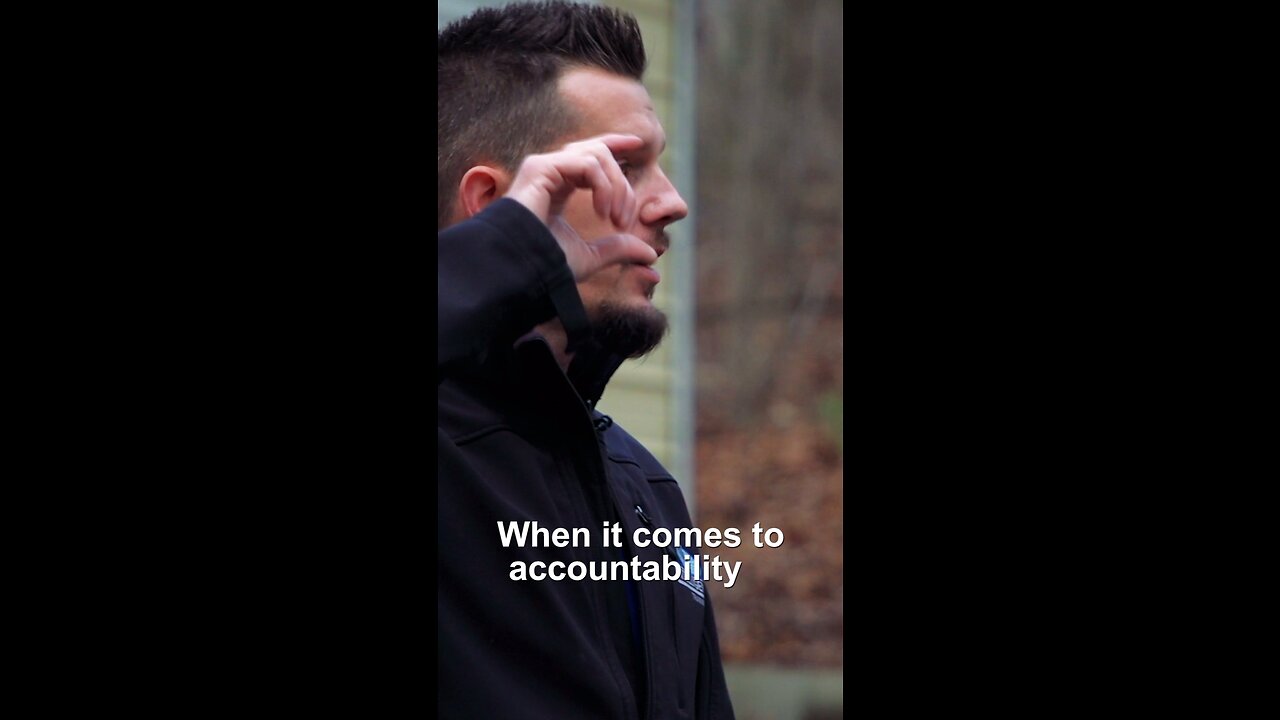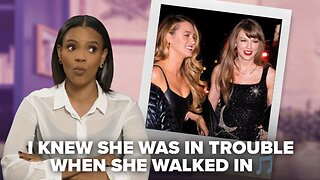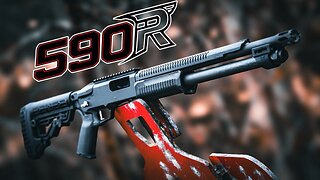Premium Only Content

Shear “hope” & a Prayer
“When it comes to accountability, dogs learn through physical guidance first before eyes and ears are last in priority.”
Ever had your dog ignore what you say? Dog’s don’t prioritize what is “heard” audibly as much as they prioritize physical guidance.
That physical guidance is the helping hand that helps a dog accomplish what is being requested, even if they don’t want to.
Have you ever called your dog to you and all you had to rely on was shear “hope” and a prayer that your dog was going to come back to you?
Relying on “verbal” commands only is not how you get reliability. That’s how you get stuck hoping and praying for a dog to listen and/or hopefully staying safe.
Examples of physical guidance would be a leash and an ecollar. Now of course, we are all familiar with leashes but if you have a tight leash and a pulling dog, I’d say there is plenty of room for improvement with your leashwork technique.
As far as off-leash goes…yep, that’s a gamble. But we don’t like to live in uncertainty and we definitely don’t like to gamble with our dog’s safety.
So when off-leash, we use ecollars. Dog’s are trained to respond to the physical sensation of the ecollar. Because of the varying degrees of sensation coupled with massive versatility, plenty of reliability can be trained into off-leash situations.
Because of the ecollar, our dogs can experience massive freedom while still maintaining a “safety net” with their response.
Off leash is not the only place ecollars shine. Any distance work and work inside your home can be leveraged with the use and training of an ecollar to gain reliability.
-
 37:44
37:44
Glenn Greenwald
14 hours agoGlenn On Tearing Down the Military Industrial Complex, Exposing Pro-Israel Indoctrination, and More | SYSTEM UPDATE #411
115K125 -
 4:04:20
4:04:20
Nerdrotic
14 hours ago $51.23 earnedAmazon Takes 007! Hollywood is Lost, Disney Cancels WHO? | Friday Night Tights 342 /w ItsAGundam
171K42 -
 43:27
43:27
Tucker Carlson
13 hours agoRay Dalio: America’s Hidden Civil War, and the Race to Beat China in Tech, Economics, and Academia
165K190 -
 56:56
56:56
Candace Show Podcast
13 hours agoEXCLUSIVE: Taylor Swift Will Be Deposed. | Candace Ep 150
206K154 -
 1:03:52
1:03:52
IsaacButterfield
10 hours ago $6.33 earnedRepublican Vs 25 Transgender Activists | Jewish Outrage | Lizzo Loses All the Weight
60.5K14 -
 1:10:23
1:10:23
Edge of Wonder
14 hours agoChinese Biochips Hacking Minds? Quantum Control & Journey Song Mandela Effect
86.1K9 -
 2:15:46
2:15:46
Quite Frankly
17 hours ago"Ghosts, Robotics, and OBE's" ft. Dr. Albert Taylor 2/21/25
78.7K18 -
 55:52
55:52
LFA TV
1 day agoMaking Germany Great Again | TRUMPET DAILY 2.21.25 7PM
50.7K9 -
 1:52:26
1:52:26
2 MIKES LIVE
13 hours ago2 MIKES LIVE #183 Open Mike Friday with Hannah Faulkner and Adelia Kirchner!
37.1K -
 12:09
12:09
MrBigKid
13 hours ago $2.78 earnedNew Mossberg 590R: Tactical Homestead Defender
42.2K7